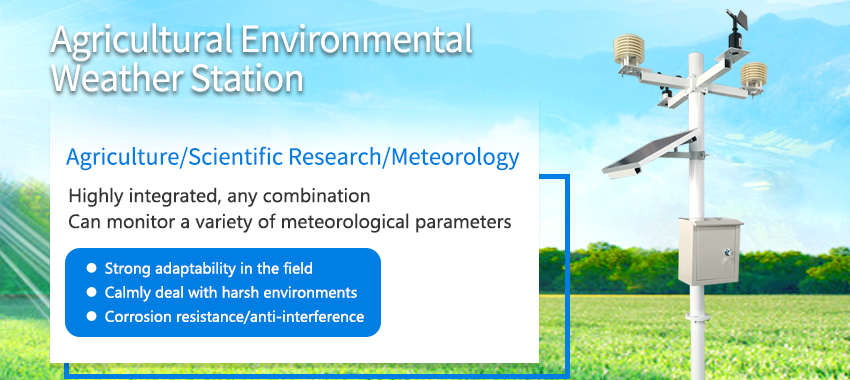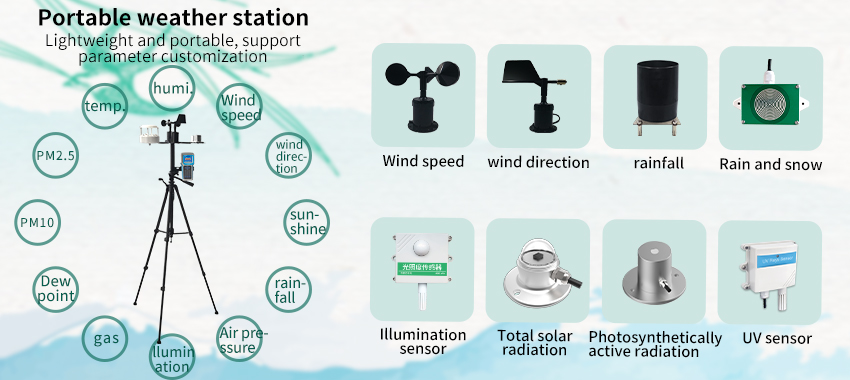Weather stations are essential tools for monitoring and recording various atmospheric conditions and phenomena, providing valuable data for meteorological research, forecasting, and climate analysis. These stations utilize a combination of instruments and sensors to measure parameters such as temperature, humidity, air pressure, wind speed and direction, precipitation, and solar radiation. By collecting and analyzing this data, weather stations play a crucial role in understanding and predicting weather patterns, as well as assessing the impact of weather on the environment, agriculture, transportation, and various other sectors.
In this essay, we will explore the components and functions of weather stations, their role in weather monitoring, and the importance of their data in supporting decision-making and safety.
Understanding weather stations
Weather stations with a range of instruments measure different meteorological variables. One of the fundamental components of a weather station is the thermometer, which is used to measure air temperature. Modern thermometers are often electronic and can provide accurate and real-time temperature readings. Additionally, weather stations utilize hygrometers to measure humidity, barometers to monitor air pressure, anemometers to measure wind speed, wind vanes to determine wind direction, and rain gauges to quantify precipitation.

The data collected by these instruments provides crucial insights into the current weather conditions and allows meteorologists to track changes over time. For example, temperature measurements help in assessing the potential for heatwaves, frost, or freezing conditions. While humidity data is important for understanding the risk of fog, dew, or evaporation rates. Air pressure readings are essential for predicting weather patterns and the movement of air masses, while wind speed and direction data are critical for understanding wind patterns and potential hazards such as strong gusts or storms. Precipitation measurements are vital for monitoring rainfall patterns, snowfall, and the potential for flooding or drought.
In addition to these primary instruments, modern weather stations often include more advanced sensors to capture additional data. For instance, pyranometers are used to measure solar radiation, which is important for understanding energy balance in the atmosphere and assessing the potential for solar power generation. Other sensors may include ceilometers for measuring cloud height, ultraviolet radiation sensors, and even sensors for monitoring air quality and pollutant levels.
The data collected by weather stations is transmitted to meteorological agencies, research institutions, and other relevant organizations for analysis and interpretation. This data is then used to create weather forecasts, assess climate trends, and provide information for a wide range of applications, including agriculture, aviation, marine operations, disaster management, and urban planning. By continuously monitoring and reporting meteorological conditions, weather stations play a critical role in supporting decision-making and safety across various sectors.
Functions of weather stations
One of the key functions of weather sensors is to provide real-time and historical data that is used for weather forecasting. Meteorologists analyze the data collected from weather stations to develop short-term and long-term forecasts, which are crucial for planning daily activities, agricultural operations, transportation routes, and outdoor events. Weather forecasts also play a critical role in aviation, as pilots and air traffic controllers rely on accurate weather information to ensure safe and efficient flights. Additionally, marine operations use weather forecasts to plan shipping routes, avoid storms, and ensure the safety of vessels at sea.

Furthermore, weather stations contribute to climate monitoring and research by providing long-term data on meteorological variables. This data is essential for understanding climate trends, identifying patterns of change, and assessing the impact of climate change on the environment and society. Climate scientists use historical weather data from weather stations to study temperature trends, precipitation patterns, and extreme weather events, helping to inform discussions on climate policy, adaptation strategies, and environmental conservation efforts.
The data collected by weather stations also supports agricultural decision-making, as farmers and agricultural organizations rely on weather information for crop management, irrigation planning, and pest control. By providing accurate and timely data on temperature, precipitation, and humidity, weather stations help farmers make informed decisions about planting, harvesting, and protecting crops from adverse weather conditions. In addition, weather data is crucial for managing water resources, as it informs decisions about water allocation, reservoir management, and drought preparedness.
The role of weather stations

Moreover, weather stations play a vital role in public safety and emergency management. By monitoring and reporting severe weather conditions such as hurricanes, tornadoes, and thunderstorms. Met stations contribute to early warning systems that help communities prepare for and respond to natural disasters. Meather station is issue weather alerts and warnings, enabling individuals, businesses, and government agencies to take proactive measures to protect lives. Additionally, weather stationprovide essential information for emergency responders, allowing them to anticipate and prepare for weather-related incidents, such as floods, wildfires, and extreme temperature events.
In the context of urban planning and infrastructure management, weather station support the design and maintenance of resilient and sustainable cities. By providing data on temperature, humidity, and wind patterns, weather stations help urban planners and architects optimize building design, energy efficiency, and urban green spaces.
The role of weather station in supporting renewable energy production is also significant. Solar and wind energy facilities rely on accurate weather data to optimize energy generation, manage grid integration, and plan for maintenance and repairs. By providing real-time information on solar radiation and wind patterns, MET station contribute to the efficient and reliable operation of renewable energy systems, helping to reduce reliance on fossil fuels and mitigate climate change.
Conclusion
In conclusion, weather stations are essential for monitoring and recording meteorological conditions, providing valuable data for weather forecasting, climate analysis, and decision-making across various sectors. By measuring parameters such as temperature, humidity, air pressure, wind speed, and precipitation, weather stations play a crucial role in understanding weather patterns, assessing climate trends, and supporting applications in agriculture, aviation, marine operations, public safety, urban planning, and renewable energy. The data collected by weather stations is indispensable for informing policies, guiding resource management, and enhancing resilience to weather-related risks, ultimately contributing to the safety, well-being, and sustainability of communities and the environment.
